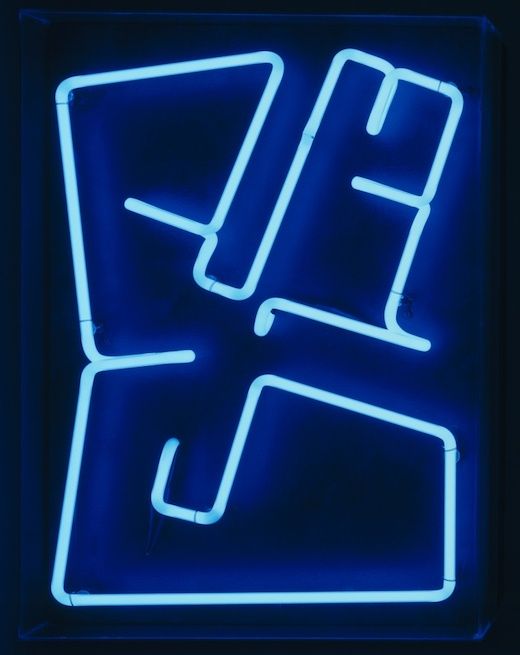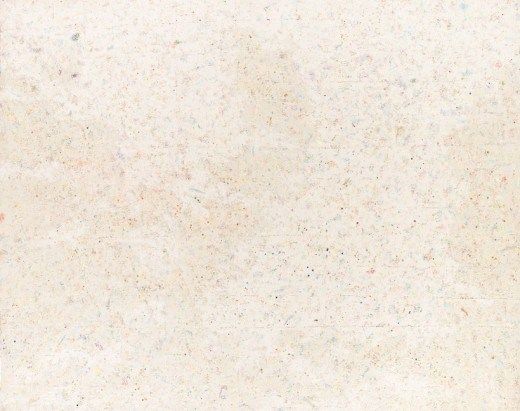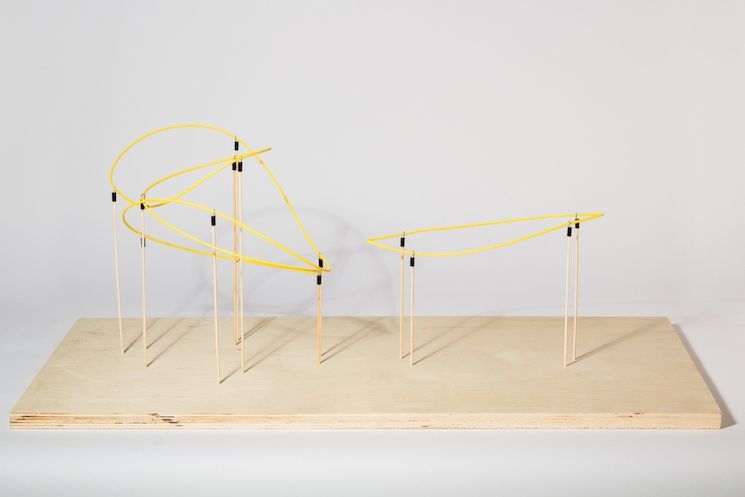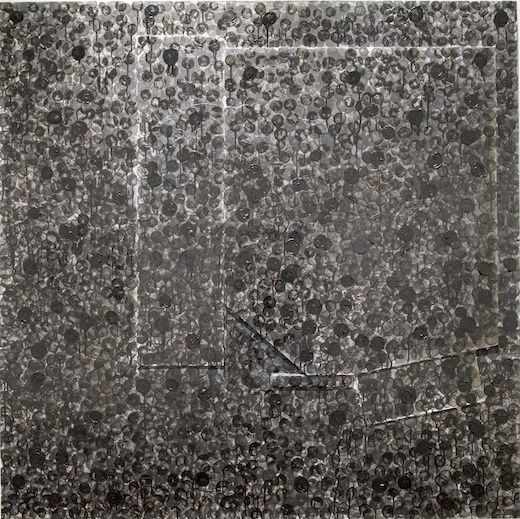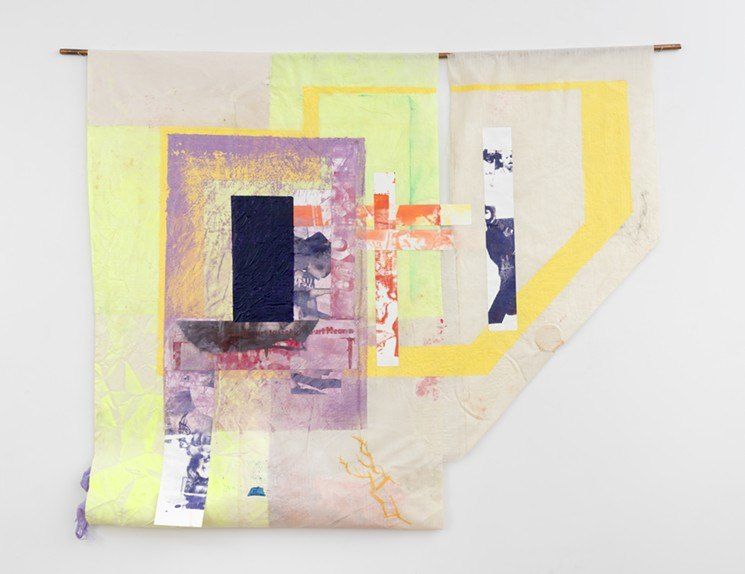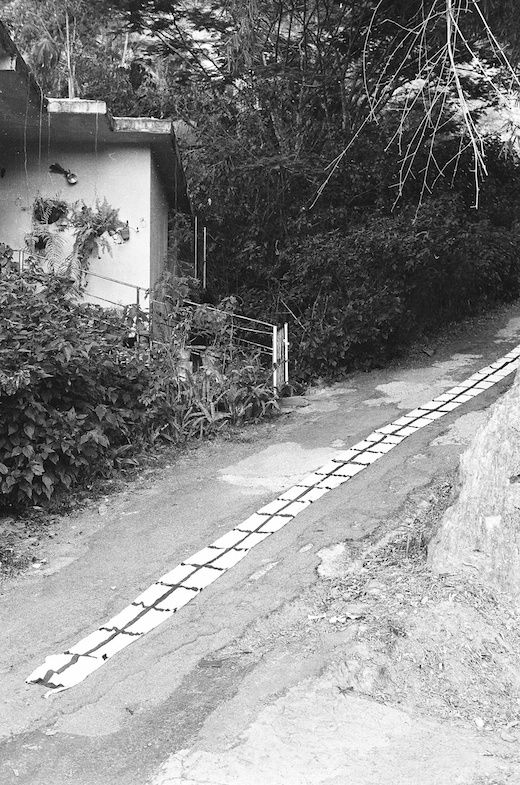Note: Elements of this text were presented by the author at a talk held at Prosjektrom Normanns, Stavanger, as a part of the CAS Residency in Art Writing in June 2017.
Rachael Rakes is a curator, critic, and teacher from New York, currently working as an editor for the Brooklyn Rail, programmer at large for Film Society of Lincoln Center, and an editor at large for Verso Books. Rakes has recently contributed criticism to Art-Agenda, Artforum, and Ocula, and organized exhibitions for Art Center/South Florida, A.I.R. Gallery, The Knockdown Center, ISCP, Malmö Konsthall, and the Hessel Museum of Art. From 2010-2013, Rakes was Assistant Curator at the Museum of the Moving Image. With Leo Goldsmith, she is at work on a book on radical filmmaker Peter Watkins, which received a 2014 Creative Capital/Warhol Foundation Arts Writers Grant. Rakes is a graduate of the Center for Curatorial Studies, Bard College, and currently teaches a critical history of socially-engaged art at The New School. She has recently been a Curator in Residence for the CPR: Mexico program, an Arts Writer in Residence for Contemporary Art Stavanger, and an MFU fellow with BHQFU and ArtCenter/South Florida.


